
Australia’s distinctive tradition of political and social liberalism is underappreciated. Since the 1850s and ’60s, Australian liberals have spoken and imagined a polity dominated by three big things: the common good over individual interests; an intense civic engagement and local community life, and; extensive state intervention as an instrument for advancing social progress.
In campaigns against convict transportation, at Eureka, while advocating the protection of local industries, and in the campaign for Federation, some or all of these aspirations were defining principles.
The classical liberal ethos, with its emphasis on individual rights, on ordinary freedoms, has been there as well. But this has never been the sole component. Indeed, in Australia, more so than other comparable nations, the laissez faire, minimal state doctrine of classic Gladstonian liberalism has been an embattled minority voice.
This has been the case, moreover, for almost the whole of the past 170-odd years of democratic self-government. There are only two real exceptions that stand out. Sydney in the last two decades of the 19th century, when first Henry Parkes then George Reid rallied the popular cause for free-trade liberalism. Then in the 1980s and ’90s deregulatory liberalism, aka “economic rationalism”, captured both major sides of politics.
Beginning with Bob Hawke and Paul Keating, and continued under John Howard and Peter Costello, it remained essentially unchallenged for three decades.
Aside from that? The Australian liberal project and its major political party – the Liberal Party and its various antecedents – has endorsed substantial state interference and socially progressive ideals. Yes, home ownership and low taxes. Yes, the “Forgotten People” middle class. Yes, anti-communism and Anzac patriotism, with a strongly pervasive social conservatism helping to serve as a sort of glue. But a dynamic progressive change ethos has been equally vital in Australian liberalism’s political DNA. Before it was outflanked by the new Australian Labor Party in the early 1900s, progressive radical liberals commanded the field.
It was the incandescent missionary reformist zeal displayed by the first-generation Laborites, of Chris Watson, Andrew Fisher, Billy Hughes and others, which most stunned the liberals. Henry Lawson was not the only one enjoying a conversionary experience when he enthused that trade unionism was “a new and grand religion”, which recognised no creed, sect or language. The movement confidently expected to reach out and encompass the world. Men and women everywhere embraced the Labor and socialist causes with evangelical fervour, atheist and Christian alike.

Liberals were stunned, because that was their schtick. They had owned the bandwidth of “war against vested interests”, of popular and populist appeals to “The People”. They owned too that curious brand of religiously tinged idealistic zeal. Now it was they who were thrown back on the defensive. Now it was Labor who could boast what Alfred Deakin described as “a political creed which inspires a religious fervour in its devotees”, where “secular reasoning” couldn’t match “the heat of those who walk by faith and not by sight”. In 1908, progressive liberals were driven – worst of indignities – into alliance with their old enemies, the conservatives. That stung.
For the Liberal Party, as rebuilt in the 1940s by Bob Menzies and others, this proved the seedbed for its latter-day success. Since then it has housed the two philosophies and worldviews. They are not natural bedfellows. In origin, conservatism and liberalism were enemies. In Australia they have been forced to cohabit. Doubtless this helped underwrite the party’s extraordinary long-term success. But no wonder the “broad church” party has often seemed on the verge of becoming a house irredeemably divided, whether between the “wets” and “dries” in the 1980s and ’90s, or today.
This challenge of holding together two irreconcilables within the one political party has only increased. It has increased because the divide between them in the wider world has grown wider. You don’t have to go the full catastrophist analysis to recognise that in recent decades the civic, political and social consensus underpinning Australian society has progressively fractured. Many of the shared assumptions that could bind people together previously have dissolved as we hive off into our separate news feeds and social media silos. Different people living in different neighbourhoods and regions have become increasingly estranged from each other. More and more, their worldviews are not just incompatible but mutually exclusive.
Meantime, today’s activist, inner-city liberals unwittingly echo yesterday’s progressive liberal zeal for reshaping society. For well-educated and cosmopolitan liberals, “climate emergency” has taken on totemic, quasi-religious status. Its emphasis on equality, and the freedom from discrimination for women and different minority groups, resonates. Its cadences are the ultimate for “common good” standard-bearers.
The highly articulate, highly educated professional women who won the swag of inner-city electorates under a teal banner are the latest example of representative democracy at work. People tend to vote for candidates and movements that best represent their own sense of who they are, of what they value, or what they aspire to be. The teals, too, are fluent in the whole cultural idiom that dominates the inner-city suburbs. Right now they own the progressive small-L liberal bandwidth, “anti-Liberal Party groupies” or not. Liberals, progressive and otherwise, may or may not think that what the teals are intent on policy-wise makes sense. Many of the proposals championed by the 19th-century progressive liberals eventually proved disastrous. So too may some of these.
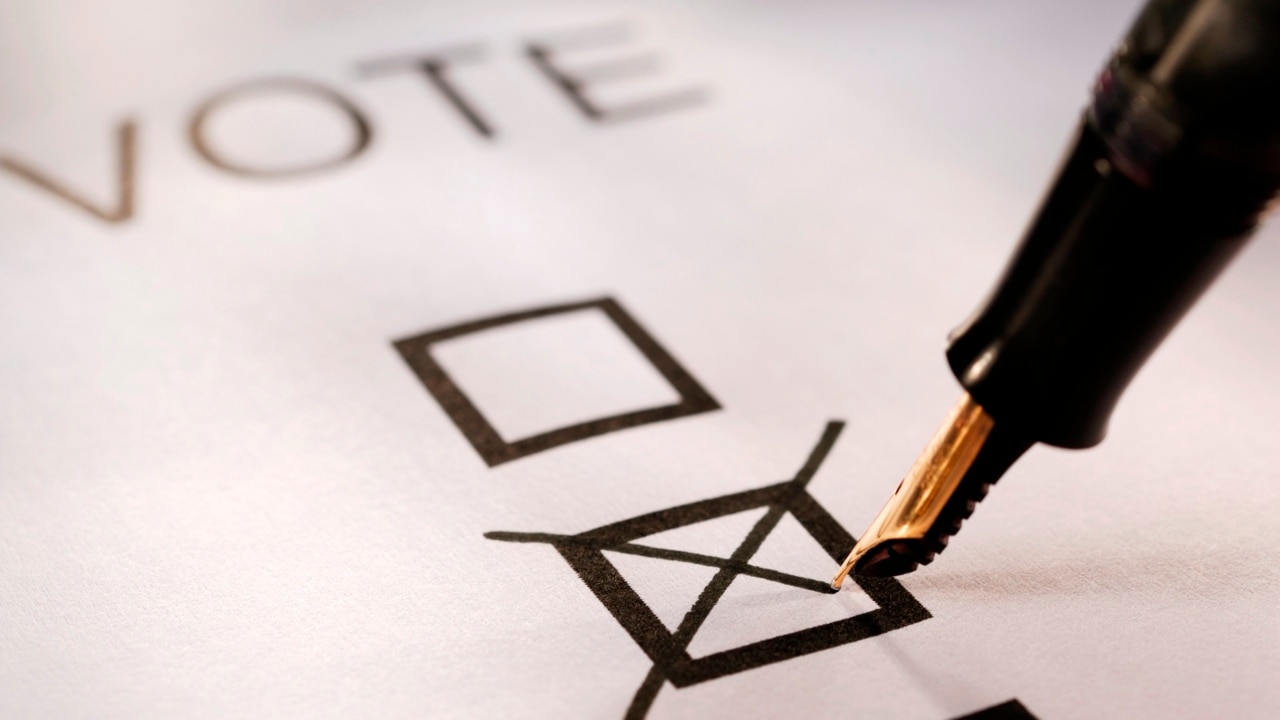
But that doesn’t alter the fact that they’ll take some shifting. Similarly, though, their presence in the parliament will likely prove no unalloyed boon for Labor. It has its own problems in Cosmopolis – witness its loss of Kevin Rudd’s old seat, Griffith, to the Greens in Brisbane. Conceding to the teals’ demands will be far from costless for Labor, given that it still needs to hold as many suburban blue-collar seats as possible. The fracturing consensus cuts both ways.
And the progressive liberals of the Liberal Party – are they now to be banished from the electoral kingdom? Maybe. Maybe not. As of right now, though, they have been electorally decimated, and their sway within the Liberal Party organisation will be inevitably reduced. Which raises the question of what next for the party, and whether it tries to reclaim these progressive inner-city battlefields.
This goes against the long-term trends of Australian voting patterns. Ever since 1972 and Gough’s electorally seismic “It’s Time” victory, the well-educated cohorts of Australian life, particularly women, have shifted from the Liberal Party to Labor and the left side of politics. In 1996, John Howard won an equally significant election. Battler tradies and outer-suburban voters turned decisively as, for the first time in Australian history, the Liberal Party claimed a higher proportion of the blue-collar vote. Long term, the blue-collar battlers continue to depart from Labor.
All of which suggests the Liberal Party’s next moves are towards the “heartlanders”: the non-university-educated, non-elite, blue-collar battlers who live and vote in the outer suburbs and regions.
The problem here though is that the party will increasingly find itself in a war of similarity with the Nationals.
There is a definite upside here for the Liberal Party in taking this approach, however. The Coalition parties would continue to swap preferences at elections, without having to deny their connection to each other in the home electorates. Barnaby Joyce and Matt Canavan would prove vastly more welcome visitors to an outer-suburban Liberal heartland than the previous inner-city one. The mutual security of shared ideals and world-view certainly sustains the ongoing if tacit Greens-Labor alliance. They happily disavow each other’s differences in parliaments and while campaigning, but continue to harvest the vast majority of each other’s preferences. Both belong to the “more change and faster” side of politics. If the Liberal Party shifts right there’s no reason why a similar logic can’t apply for the other side as well.
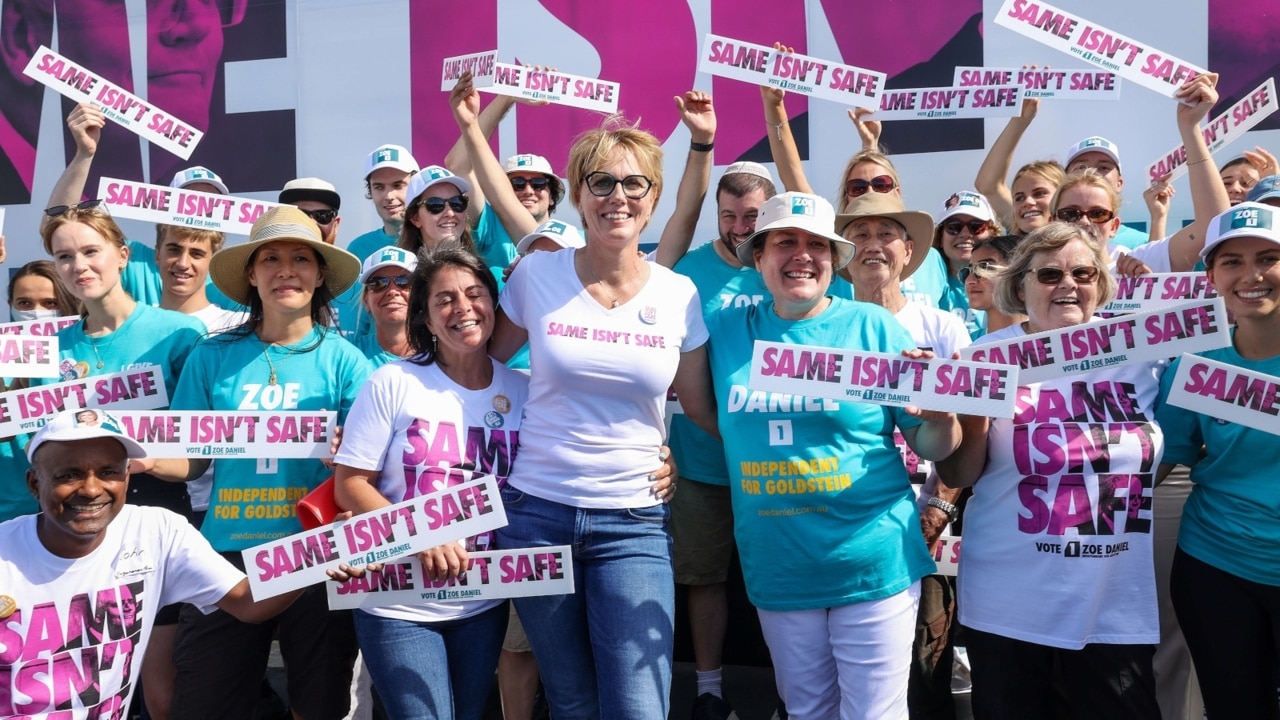
Will that be enough electorally, though, to claim government? Unlikely. Unlikely, too, that the Liberal Party will want to cede the progressive educated opinion-makers, business leaders and environmentally friendly billionaires.
Electorally, it makes sense for the Liberals to try to take back the progressive, inner-city centres, to try to reclaim progressive, urbane, cosmopolitan and educated voters.
In either case, though, the teals are not some completely new political force up-ending all the old paradigms of conventional politics. They’re significantly more interesting than that. They’re the latest expression of what historian Judy Brett described as the “moral middle class”, which the original wave of passionate progressive liberals emerged from. Both are coloured with a “change the world utterly in order to save it” secular yet evangelical political passion.
Their vocabulary and dress sense may be completely different to their predecessors, but it’s a returning refrain, weirdly familiar, from a previous song. This is no flash-in-the-pan jingle. For educated, idealistic urban voters especially, the melody works. A remix maybe, but the essential song endures.
Alex McDermott is an independent historian who has produced television documentaries and curated exhibitions. His latest book is Australian History for Dummies.


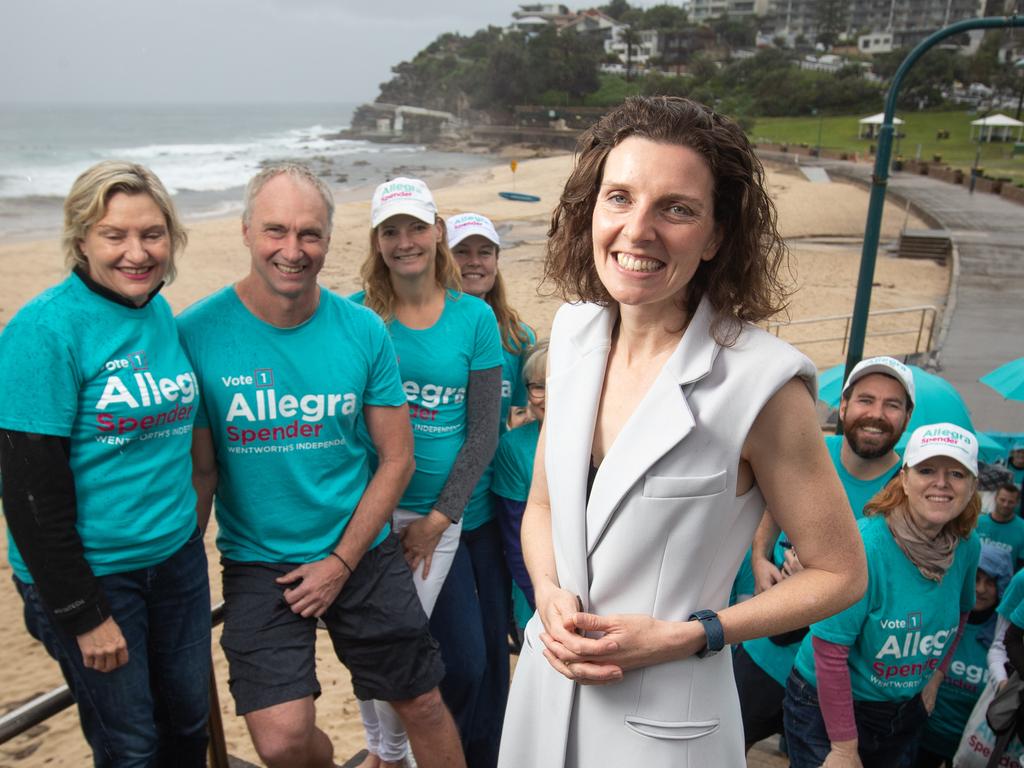
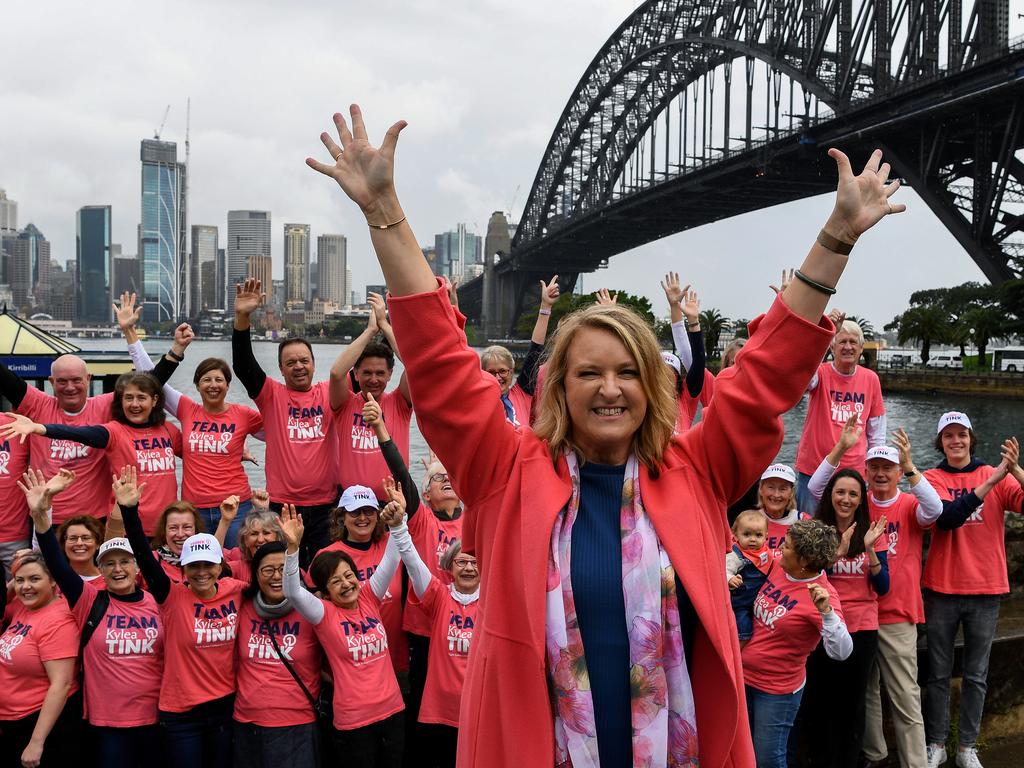
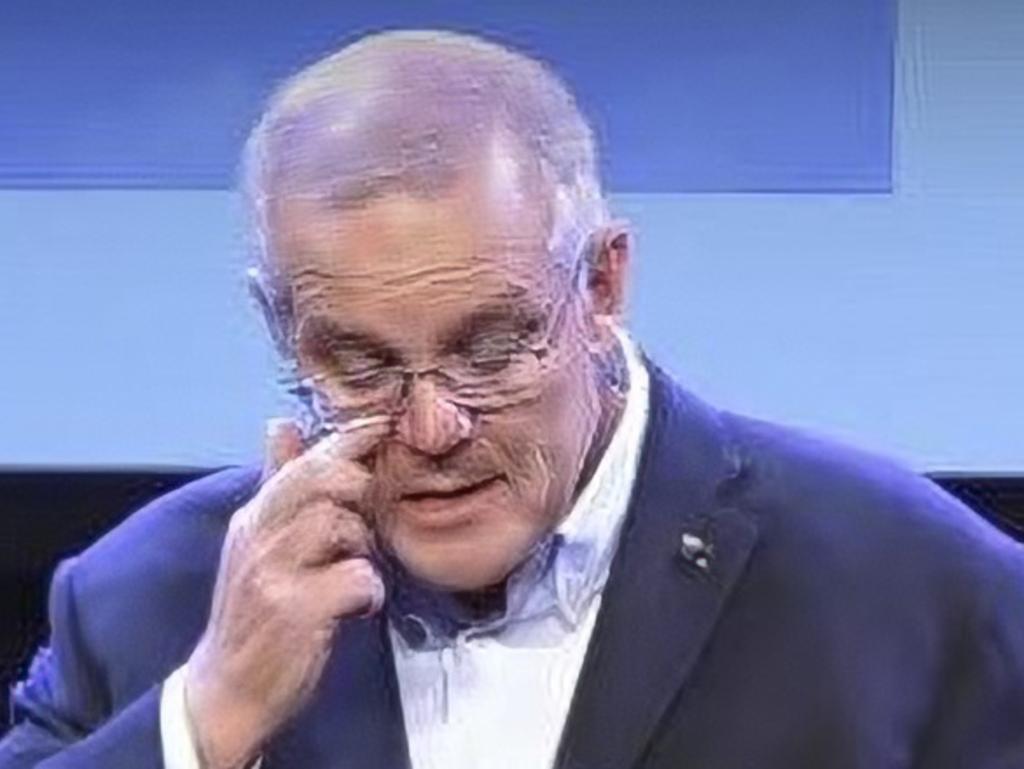

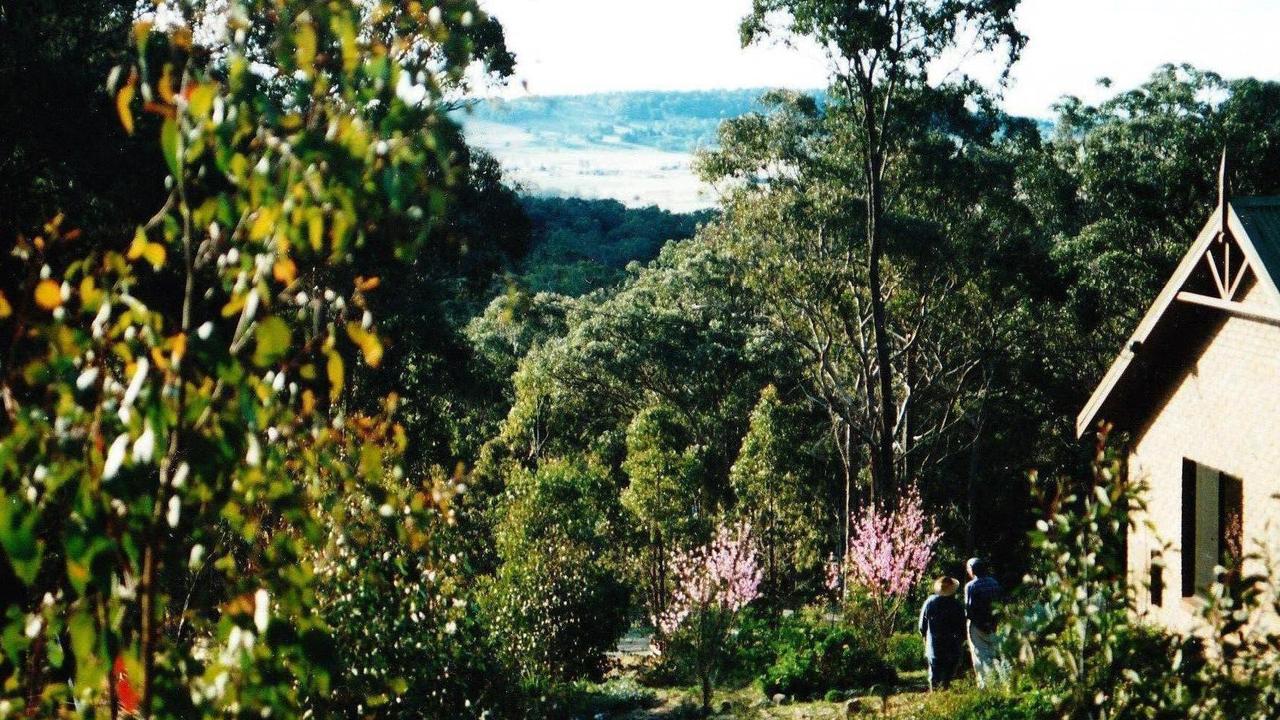

The eruption of teal independents on to the electoral stage could prove a passing, ephemeral phenomenon. Or it could indicate a seismic shift in Australian politics. Either way, the teals make a lot more sense if we stop thinking about them as some strange, 21st-century anomaly of electoral politics. Let’s consider them instead as the latest iteration of an ongoing story of Australia’s progressive liberal tradition, and of the “moral middle class” especially.